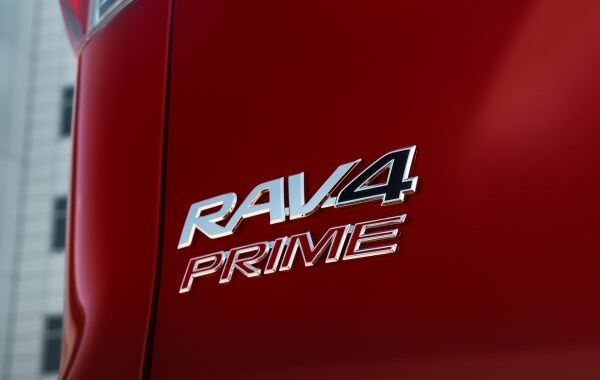be gentle with the pedal — Toyota will recall 16,680 RAV4 Primes due to faulty battery software Too much time in EV mode in cold weather can drop the battery below its buffer.
Jonathan M. Gitlin – Feb 13, 2023 2:22 pm UTC Toyota reader comments 14 with 0 posters participating Share this story Share on Facebook Share on Twitter Share on Reddit
Toyota’s RAV4 Prime is one of the better plug-in hybrids we’ve tested. Its 18.1 kWh lithium-ion battery gives it a solid electric-only range of about 40 miles, and its highly efficient Atkinson cycle engine means more than 40 mpg even when the battery is tapped out. But owners of model-year 2021 RAV4 Primes have a trip to the dealership in their future.
Toyota is recalling 16,680 2021 RAV4 Primes in order to fix a software bug that could cause that lithium-ion traction battery to discharge too much, shutting down the hybrid system in the process.
To be more specific, the problem can occur in cold weather. If the RAV4 Prime has been driven continuously in “EV mode,” (just using the plug-in hybrid battery, not the internal combustion engine) and the accelerator pedal is then press rapidly to accelerate the vehicle, it’s possible for the battery to drop below a specified threshold. “If this occurs, the vehicle will display a warning message and the hybrid system will shut down, resulting in a loss of motive power,” according to the recall report. Advertisement
Toyota’s first inkling of a problem was a report from a European RAV4 Prime in March 2022. By April 2022 it had received two more reports of RAV4 Primes losing power, one in Japan and another in Europe. All three crossovers had their hybrid system electronic control unit (ECU)replaced, but the actual cause of the issue remained a mystery until Toyota noticed that all three vehicles were driven in cold weather in EV mode.
Testing later in 2022 revealed that rapidly pressing the accelerator when driving continuously in EV mode in cold temperatures replicated the issue:
Analysis of these results indicated that the HV battery voltage decreased more than expected and the demand output limit information was sent to the HEV ECU for battery protection. However, the calculation of the output limit value by the HEV ECU was not following the output limit demand, and the output limit value was above the output limit demand. In this condition, if the accelerator pedal is pressed rapidly, the actual output is above the output limit demand, causing the voltage of battery cell to rapidly drop below the threshold, resulting in the warning message and system ready-off.
The fix is an update for the hybrid system ECU, which will require a visit to a dealership. Owners should be notified by early April when this will happen. reader comments 14 with 0 posters participating Share this story Share on Facebook Share on Twitter Share on Reddit Jonathan M. Gitlin Jonathan is the automotive editor at Ars Technica, covering all things car-related. Jonathan lives and works in Washington, D.C. Email [email protected] // Twitter @drgitlin Advertisement Channel Ars Technica ← Previous story Next story → Related Stories Today on Ars

